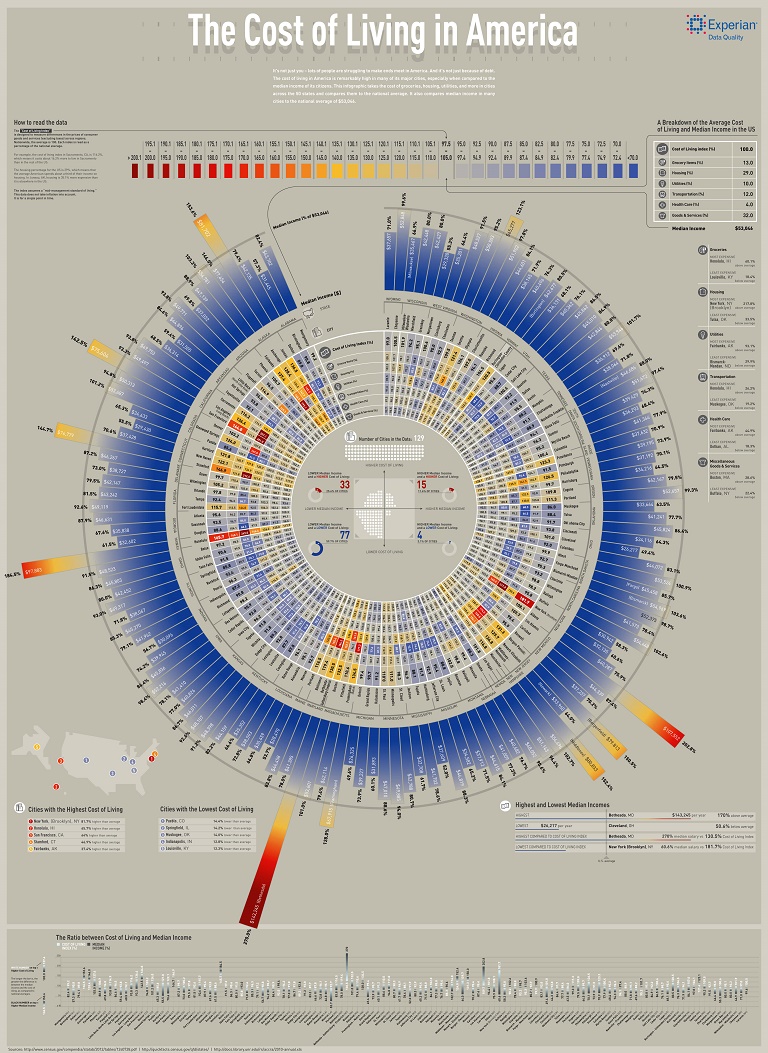Low-income poorly educated whites between the ages of 45-54 are dying too soon. Unlike every other age, ethnic and racial, education, and income group, this group’s longevity is decreasing. Why? Opioid abuse.
That’s right, prescription painkillers, heroin, Fentanyl, and other opiate derivatives killed more than 33,000 Americans in 2015. That’s about four times the number of opioid-related drug overdose deaths than in 1999.
Nearly half of those overdoses come from prescription painkillers. But the number of prescriptions written for opioids has been on the decline since 2011. That may explain the rise of heroin and Fentanyl, as substitutes for legal opioids. But the turn toward heroin and Fentanyl now exceeds painkillers for the number of deaths each year.
These drugs are extremely potent. Fentanyl, which was created to relieve pain in end-of-life cases, is about 50 times more potent than heroin, but people can survive it because they build up a tolerance.
The related costs associated with this national epidemic total about $77 billion.
That seems shockingly high, but consider some of the tentacles of the epidemic. The foster care system is overwhelmed. West Virginia, which has the highest overdose death rate in America, has run out of funding for funeral burial benefits. Ohio has started building portable morgues because coroners’ offices are full. The state of Arizona recently concluded that on average, more than two Arizonans die every day in 2016 due to opioid-related overdoses.
To put it bluntly, the United States has a killer problem on its hands.
Christopher Caldwell, a senior editor at The Weekly Standard and author of an essay entitled, “American Carnage: The New Landscape of Opioid Addiction,” recently spoke at a conference about the massive growth in opioid-related deaths. It’s a problem that began long ago.
The specific problem of opioids, I think, has to do with the confluence of three things in the 19th century: In the start of the 19th century, scientists were able to isolate morphine, the chemical in opium poppies. In the 1850s, we invented the hypodermic needle, and in the 1860s, we fought the bloodiest war in the history of the planet, and a lot of people came home with what we now call chronic pain, and the ability of, the uses of this drug were just infinite.
It was over-prescribed. You know what happened, or you can predict what happened. A lot of mothers and teachers, and like, pillars of the community, got addicted and died.
It wasn’t until soon before the first World War that the first drug laws were passed. Drugs became taboo, but after Vietnam, drug use started rising again, and with that, so did drug deaths. The use of crack in the 1980s began elevating the death rate. But the spike in recent years is a whole different animal.
So can something be done? Well, resources seem to be moving in the right direction, and in one of those rare good news stories, federal money is being directed toward actual solutions.
For instance, drug courts have expanded access to medication-assisted treatment (like methadone), and residential treatment programs, as opposed to jail, are helping addicts recover, not languish in prisons.
Harold Pollack, a professor in the School of Social Service Administration at the University of Chicago and a contributing researcher to the National Drug Abuse Treatment Systems Survey, which tracks drug addiction and substance abuse treatment programs nationwide, says there is also some movement among lawmakers “who are looking at a map of the nation, and seeing the problem is everywhere.”
“Antiquated behavioral health systems” are being given new life with federal funding. Ironically, the source of these solutions are being funded in part by one of the most controversial assistance programs out there – Medicaid.
“Medicaid is kind of the ball game on the service side. It’s so much more important than the (21st Century) Cures Act or anything else that people are going to talk about,” Pollack said.
Pollack said that as lawmakers figure out how to replace the Affordable Care Act, one of the issues that isn’t on the chopping block is mental health parity in health care, which includes addressing the symptoms that lead to drug addiction.
What’s striking is ACA-Medicaid expansion is kind of the quiet model for successful bipartisan health policy. Nobody really wants to talk about it, but that’s what is happening on the ground. When you call up someone in a random state … the conversation is about the work, it’s not about the politics.
And in fact, when we ask people you know there’s just been an election, does that change anything, the most common answer we here is, ‘We’ve been told from our governor just do the work, don’t pay attention to what’s happening in Washington, just keep doing. And I actually find that very encouraging. Democrats and Republicans around the country are governing and they’re really trying hard to deal with this because they see this map, and they don’t want people to die.
Pollack notes that Medicaid expansion has been good and bad, and when it comes to addressing the drug crisis, and policymakers “know less than we should about what’s happening out there.” Fortunately, he said, the problem is finally being taken seriously, though it’s unfortunate the conditions that had to arise before it did.
The crack epidemic, the HIV work, when the drug problem was much more black and brown in its public conception than it is now, that’s a welcome change. I must say I feel a certain sense of sadness at seeing the difference in public reaction but it’s a good thing that people are responding with empathy and compassion.
Watch more about the opioid epidemic.






